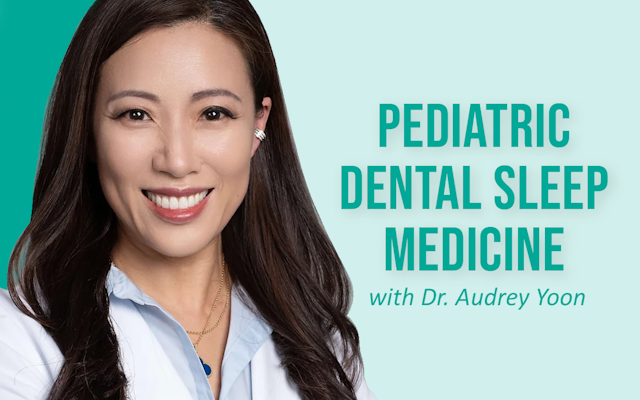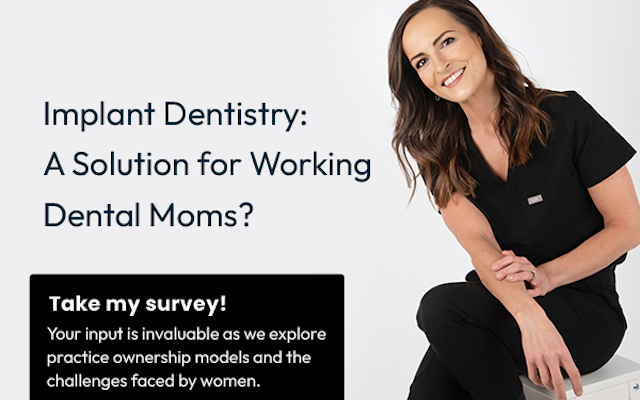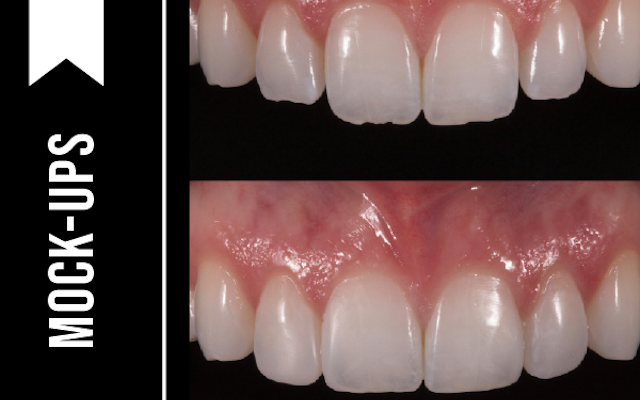Learning to suture is a rite of passage that occurs early in any surgeon’s training. I’ve spent the last 30 year as an orthopaedic surgeon and find traditional suture closure frustratingly time consuming.
I believe all surgeons, whether dental or otherwise, will welcome the significant advances in the adhesive market I cover here.
Suturing accounts for nearly all needle stick injuries in the operating environment. Suture closure causes localized ischemia, encourages wound infection and the granulomatous reaction to the suture material is particularly problematic when repairing delicate tissues.
Placing sutures accurately can be the difference between success and failure. Twenty years on, my vivid memory of suturing a torn femoral vein in an intimidatingly deep exposure is not so much the success I had, but how close the difference was between success and disaster.
Like dentists, we work extensively with bone and soft tissue. We both rely on long established metallic and suture fixation. Some devices are sophisticated but expensive. Meniscal repair sutures are $200 each, yet can still cause iatrogenic nerve injuries.
In short, suturing seems outdated and not without risk. Today, there is a significant unmet need for high performing biological adhesive to replace sutures. In spite of tissue adhesives being available for decades, the development of commercially viable products seems to have stalled decades ago. However, I believe we may be on the verge of significant progress that will benefit orthopaedic surgeons and dentists alike.
How Do Adhesives Work?
Biological adhesives and the craft glue kids use to stick paper together share some basic properties. Ultimately, an adhesive’s performance is dependent on how well it adheres to the surfaces to be joined and how strong the internal cohesion of the adhesive is once cured. In the body we have to consider biocompatibility as well.
Hardening may simply be by cooling, as in a hot glue gun, or drying. Curing implies a chemical reaction where monomers within the adhesive both cross-link and polymerize. Curing can be triggered by light, heat, two-part mixes or exclusion of oxygen, as in Threadlocker.® Like an adhesive cure, the arrangement of the molecules alters so the cured adhesive both resists being torn apart and pulled away from the surfaces being joined.
Adhesion relies on two properties: how well the adhesive itself can wet the surfaces and how well it can bond to the surface. Good wetting of a rough surface with the uncured adhesive allows mechanical interlocking once cured. Adhesion may also occur at the molecular level. This happens through direct molecular bonding where the molecules of the adhesive interact directly with the molecules of the material being joined. Nature has mastered electrostatic bonding (think van der Waals forces), which is especially useful in reversible adherence as seen in the gecko’s foot pads. Many adhesives will demonstrate more than one type of adhesion and cross-linking.
What Adhesives Are Currently Available?
While there are many tissue adhesives available to dentists, there are few that exist outside niche applications such as vascular surgery.
There are many cyanoacrylates on the market. I discovered Histoacryl® skin adhesive (n-butyl-2-cyanoacrylate) in the late 1980s. It was a significant advancement in wound closure because:
· It was quick to apply without the need for local anesthetic and there were no sutures to remove.
· It cured rapidly enough that it could be used, on a relatively co-operative child, without any chance of a needle stick injury.
· It was haemostatic and cured in the presence of moisture.
· These may be desirable features in a skin adhesive but there are a number of less helpful features:
· The curing process releases heat and results in a very hard material, a particular problem in areas of the body that move.
· The polymerization was uncontrollable.
· Even though some products like Dermabond® have been developed to be more flexible, there remain additional concerns about the toxicity of cyanoacrylates. For this reason, they are rarely used internally.
Biocompatible Fibrin is another option, but because of its weak bonding, it is typically used more as a sealant than as an adhesive. Other limiting factors include:
• Like many available products, adherence is poor in a wet environment.
• Again, polymerization cannot be controlled.
• Manufacture from pooled serum raises concerns around disease transmission.
Other adhesives, such as those based on bovine serum albumin, are themselves less toxic than some but rely on toxic cross-linking agents, like glutaraldehyde, so have found limited applications.
Are All the Tissue Adhesives Inspired by Nature?
Biomimetic adhesives are inspired by, or copied from, nature.
Attempts to recreate the van der Waals electrostatic adhesion of the gecko foot have led to nothing useful for a surgeon.
Mussel foot protein, long touted as a solution to finding an adhesive that will operate in the harshest of wet environments, turns out to be very difficult to manufacture commercially. Reverse engineering the molecular basis for their performance has led to an understanding of how they work but, so far, no product. There seem to be more review papers on the promise of biomimetic glues published in the last decade than there are viable products.
Naturally occurring cross-linking agents have been investigated. This should be good news as many biological adhesives and sealants use toxic cross-linking agents such as glutaraldehyde. Purifying or manufacturing these biomimetic cross-linking agents doesn’t seem to be scalable into a commercial product.
Professor M.H. Zheng, chief scientific officer at Orthocell, a regenerative medicine company in Western Australia, published a review paper in April on the current state of the tissue adhesive market. The paper calls for an “urgent need to develop tissue adhesives to reform closure technique.” Orthocell is experiencing great success with its collagen membrane to guide soft tissue and bone regeneration in dental implant surgery. However, Zheng may see traditional fixation as an obstacle to the advancement of regenerative medicine.
The Future of Biological Tissue Adhesives
The company leading the way in developing biological adhesives is Tissium, which was spun out from the lab of Jeffery Karp, a Professor of Medicine at Brigham and Women’s Hospital, Harvard Medical School.
Karp set out to solve a problem posed to him by a pediatric cardiologist. How could you close a hole in the heart using a biomimetic glue? Karp says he took inspiration from slugs and sandcastle worms to better understand how nature deals with the problem of adherence in difficult environments.
Karp connected me with Maria Pereira, Tissium’s chief innovation officer and co-founder. I first asked her why adhesive technology had progressed so little in recent decades.
Pereira’s view is that most researchers start in the wrong place and try to answer the wrong question. When she worked in Karp’s lab, they began by looking at the surgical procedure and the environment the adhesive was to be used in. That meant they had to, from the outset, design a delivery mechanism, engineer controllable curing on command and synthesize a product that could close a hole in a beating heart. What they didn’t do is start with a known molecule and try to make it fit.
After speaking to Pereira, their strategy became clear:
• The product had to be easily delivered in an uncured state to the site—in this case the heart.
• Once the unpolymerized glue was delivered it needed to then adhere to a beating heart. It also needed to be hydrophobic enough to strongly repel blood and moisture, both of which interrupt adhesion.
• It needed to be sticky enough that the adhesive itself could wet the surfaces of the heart.
• Once delivered, it needed controlled polymerization. This they did with blue light.
• The polymerized plug required mechanical properties that are compatible with the surrounding cardiac tissue.
• Having identified the required features for the adhesive, they then set about looking for the right molecules to create the programmable adhesive.
Pereira believes lack of biocompatibility is a big problem with existing adhesive. To overcome the issue of biocompatibility, they selected the base materials from a list, published by the FDA, of materials considered biocompatible and safe. By altering the ratio of the mix, they could program the correct mechanical properties and adapt those to fit various surgical environments in the future.
Tissium recently received a European CE mark for its original vascular sealant product, allowing the company to leverage its know-how to design multiple new products. Sadly, there are no dental adhesives available at present, but Pereira makes it clear Tissium intends to roll this platform technology out into many other markets. I believe the programmable nature of their polymer means it can be fine-tuned to meet all the requirements of the dental surgeon when the time comes.
Getting There
For the first time in a long while, it seems progress is being made with novel programmable polymers toward suture-less surgery. If achieved, it would unlock major changes in every surgical specialty, including dentistry, where clinicians are currently stuck with traditional suturing and fixation techniques.
 By:
By: 


